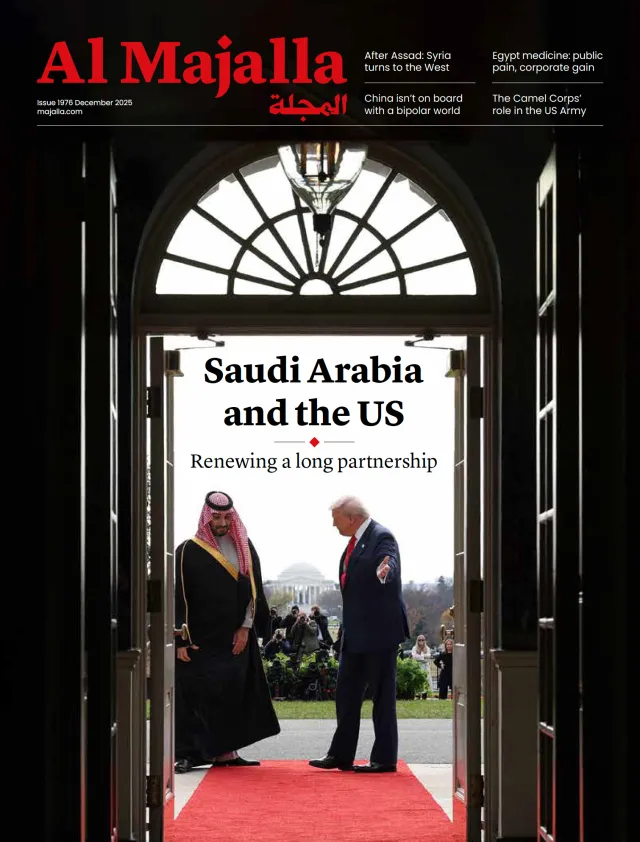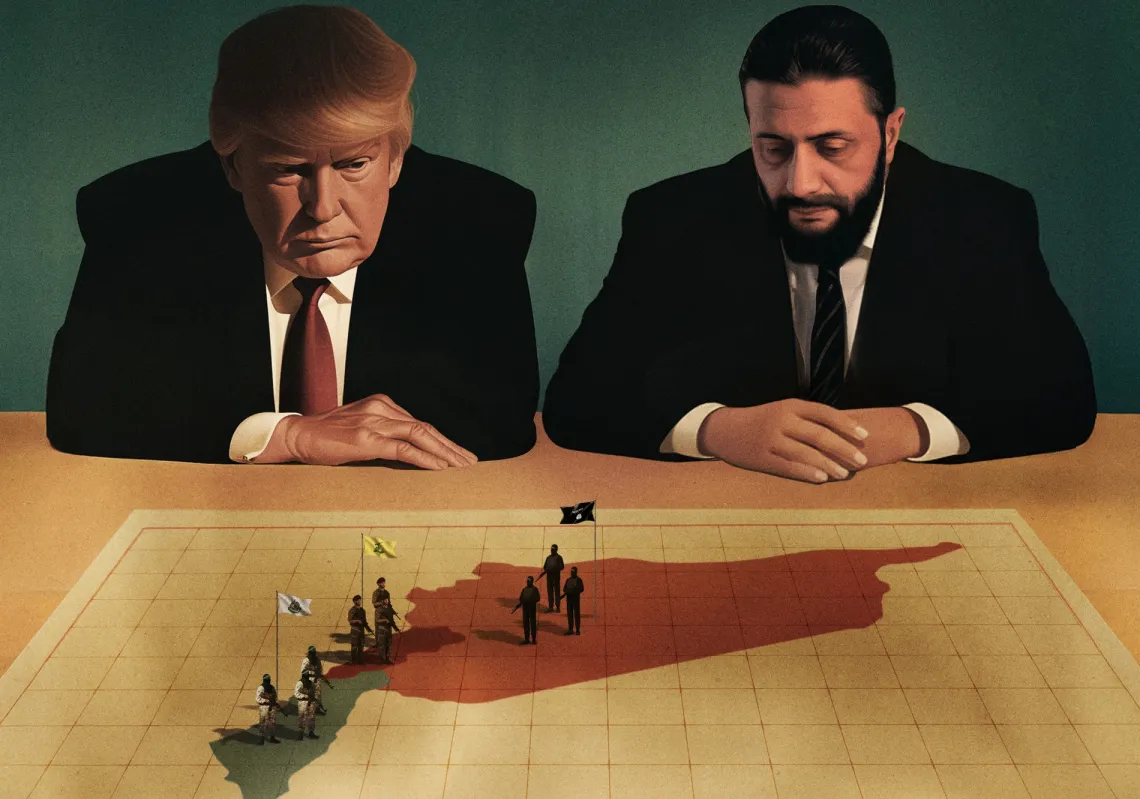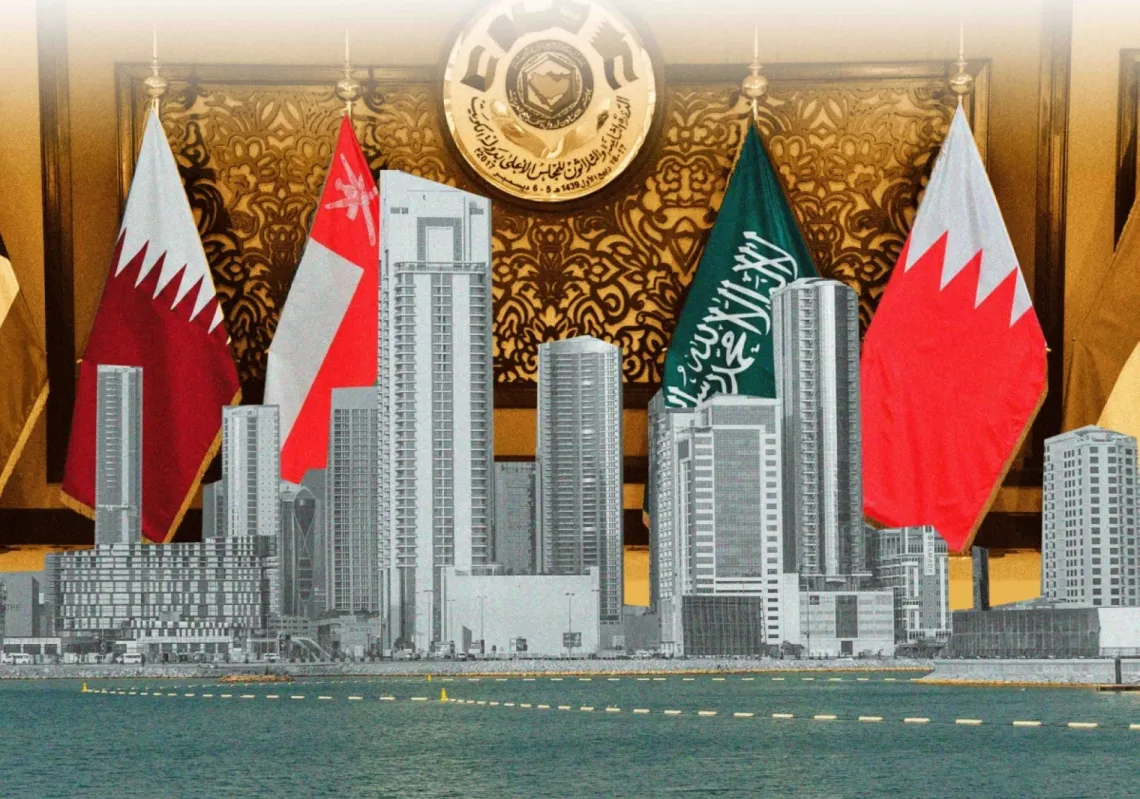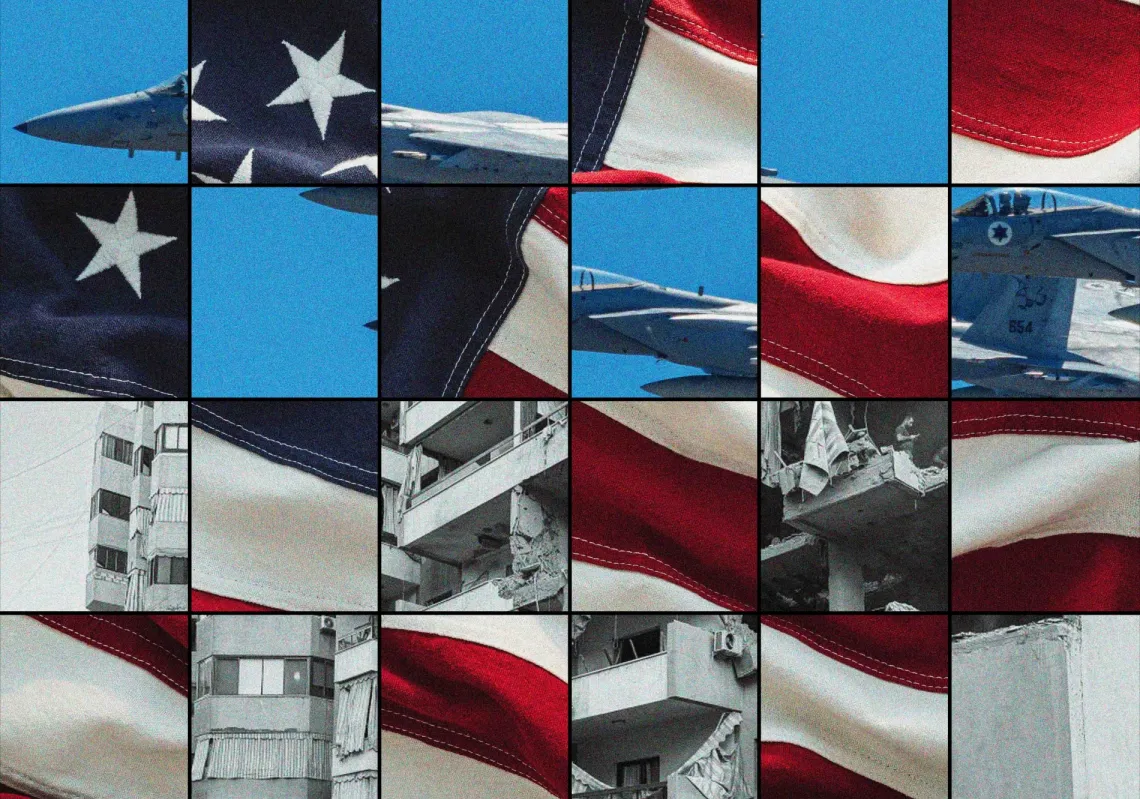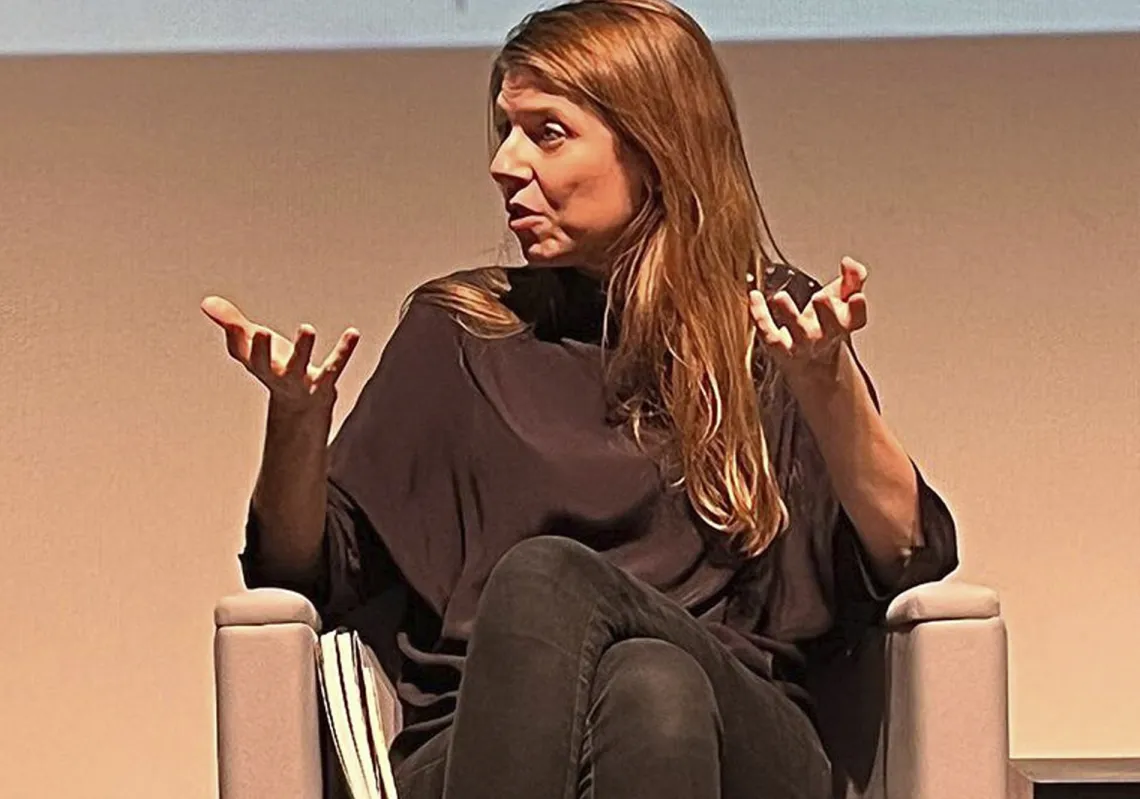NATO heads of state and government held their annual summit in The Hague on 24-25 June, against the backdrop of the Ukraine-Russia war and the turbulent turmoil in the Middle East.
Leaders of NATO—the longest-running political-military alliance in the world—meet annually to coordinate their approach to addressing current geopolitical challenges, while also attending to housekeeping issues such as improving organisational efficiency.
Due to US President Donald Trump’s distaste for long summits, the gathering in The Hague was the shortest in NATO’s history. Its final communiqué was also the shortest, which simply stressed the need for NATO to boost its defence spending and industrial defence production.
Russia’s resilience on the battlefield in Ukraine has awakened NATO countries to the urgent need to strengthen their own defence capabilities. As such, it has embarked on a massive rearmament project, similar to the Cold War era.
Another key reason why NATO is strengthening its capabilities was to please US President Donald Trump, who has long complained that European countries are not contributing their fair share to the NATO budget. Many fear that if the US were to withdraw from the alliance, it would mark the end of the grouping, given the key role Washington plays both financially and politically.

Five per cent success
To this end, NATO Secretary General Mark Rutte has been trying hard to establish a pragmatic working relationship with Trump. Just before the summit, he texted Trump praising him for his “decisive action in Iran,” adding: "You are flying into another big success in The Hague this evening. It was not easy, but we've got them all signed on to 5%.” Trump shared the texts on his Truth Social platform.
The issue of defence spending has long been a point of contention in NATO. Previously, member states agreed to commit at least 2% of their national Gross Domestic Product (GDP) to defence spending. In 2024, 23 out of 32 NATO members spent 2% or more of their GDP on defence. At the top of the totem pole was Poland, which spent more than 4% of its GDP on defence, and at the bottom was Spain, which spent less than 1.3%.
But after Trump’s criticisms of NATO countries not doing their part, all member states have now agreed to spend 5%— with at least 3.5% allocated for core defence requirements and up to 1.5% set aside for critical infrastructure and strengthening the industrial bases of member states. While not all member states were happy about it, with Spain being the most vocally opposed, they ultimately capitulated, resulting in a resounding victory for Trump.
As for the ongoing war in Ukraine, Trump has repeatedly stated his intention to end the conflict, saying “it’s not his war”, and blaming his predecessor, Joe Biden, for allowing the war to erupt in the first place. Earlier this year, in February, he even gave Ukrainian President Volodymyr Zelenskyy a dressing down in the Oval Office in front of media cameras, in a scene that shocked the world and sent shivers down the spines of NATO member states.
Top-ranking threat
NATO ranks Russia as the number one threat facing the alliance, followed by the threat of terrorism, so the fact that Trump would publicly chastise the president of Ukraine—a country that has been at the forefront of the battle with Russia—was more than unsettling to NATO members—it was terrifying.
This fear has motivated European states to take steps to reduce their security dependence on the US. In March 2025, they rolled out the Re-arm Europe Plan/Readiness 2030—a project which aims to invest €800 bn to boost Europe’s defence capabilities.
Since the infamous Oval Office encounter with Zelenskyy, however, Trump has not made much progress in ending the war in Ukraine and has even expressed disappointment with Russian President Vladimir Putin for dragging his feet on discussions towards a ceasefire. But this hasn't changed Trump’s assertion that Ukraine would have to cede territory it lost on the battlefield to Russia in any negotiated settlement to the conflict.
Additionally, he has ruled out NATO membership for Ukraine—a red line for Russia—and opposes extending security guarantees to Kyiv, as a compensatory measure in lieu of NATO membership. This is why there was only a passing reference to Ukraine in the final communiqué, and it was mentioned within the clause outlining NATO’s defence expenditure plans. The language on Russia was also quite soft.

